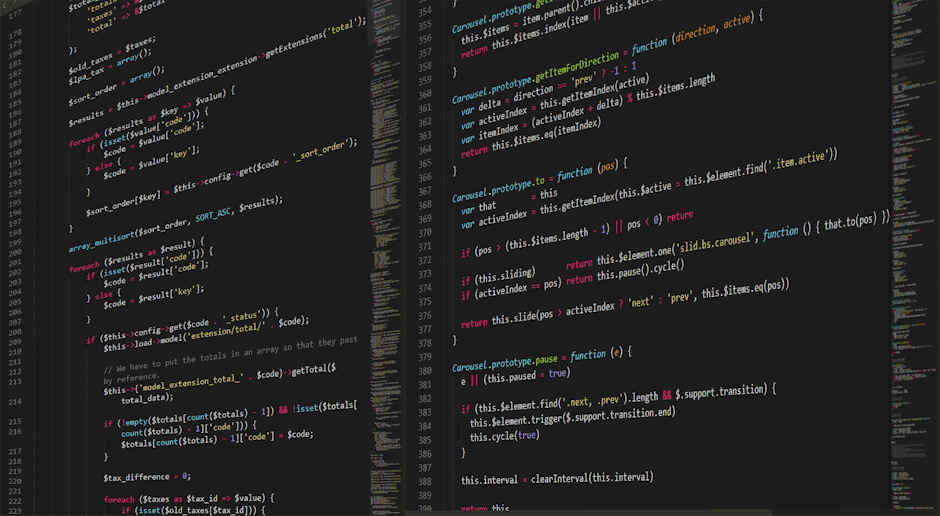
Trying to get a straight answer on social media pricing, it’s a modern-day mystery. You ask three different people or agencies for a quote and get three wildly different numbers back. It’s a world where a quote can be a few hundred bucks or it can be a number that makes your eyes water, and often for what looks like the same thing. Figuring out what a quotation of social media should look like for 2025 it’s a bit of a wild ride isn’t it. Things change so fast online. What worked last year is old news now. So let’s just get into what you should be expecting, what’s fair, and how not to get totally taken for a ride when you’re looking for some help with your socials. This isn’t about some secret formula, it’s more about knowing what questions to ask.
What’s Actually in a Social Media Quote?
So you get a piece of paper, or more likely a PDF, with a big number at the bottom. But what does that number even represent? Normally, it’s a mix of different jobs all bundled together. It is this bundling that can be confusing. Breaking it down helps a lot. You can usually sort the services into a few different buckets. Some quotes will have all of these things, some will only have one or two. It really just depends on what you asked for. And sometimes what they think you need.
The Basics: Content and Posting
This is your bread and butter. The absolute minimum for any social media work.
It’s all about creating the posts. You know, the actual pictures, words, and little videos that go up on your feed.
This part of the quote covers someone’s time to come up with ideas. And then actually make the content.
It also includes scheduling those posts. Making sure they go out at the right times on platforms like Instagram, Facebook, or TikTok. This part is pretty straightforward.
The Next Level: Ads and Community Stuff
Here’s where things get a bit more involved. It’s not just about posting and walking away.
This is managing paid advertisements. The quote should separate the management fee from the actual ad spend you pay to the platform.
Community stuff means answering comments. And responding to direct messages. It’s about talking to your audience.
This part of the service is considered to be pretty time-consuming. Which is why it adds a good amount to the cost.
The Full Package: Strategy and Reporting
This is the big-picture thinking. A real plan for the future of your social media this is.
It’s about figuring out who you’re trying to talk to. And what kind of content they want to see from you.
This also includes the monthly reports. Looking at the numbers to see what worked and what didn’t.
A good quote will detail how often you get these reports. And what information they will contain. Without this you’re just guessing.
Why Do Prices Fluctuate So Wildly?
Okay so why the huge price difference you see from one quote to the next? It’s not random. There are real reasons for it. A lot of factors change the final price. Knowing them helps you see if a quote is fair. Or if it’s completely out of line with what you are asking for. The person or company giving the quote has their own costs to cover.
A freelancer working from their living room has different expenses. They have lower overhead than a big agency.
An agency has an office, a bigger team, and more tools. So generally, their prices will be higher to cover all of that.
Experience also plays a huge part. Someone with a ten-year track record is going to charge more than a person who just started last month.
The amount of work is probably the biggest factor. Managing five platforms is way more work than just managing one.
Posting once a day is very different from posting three times a day. And making complex video content costs more than simple image posts. Your own ad budget also changes things. Managing a $10,000 ad spend is more responsibility than managing a $500 one.
Getting a Good Quote Without Getting Ripped Off in 2025
You want a fair price for good work. That’s the goal. So how do you get there without feeling like you’ve been tricked? It is the best way that you can protect yourself by being prepared. Going into a conversation with a clear idea of your needs will change everything. You need to do a little homework first. But it’s not that hard.
Write Down Your Goals: What do you want social media to do for you? More website clicks? More phone calls? Be super clear about what you want even if you’re not totally sure. A good provider can help you refine it.
Define the Work: How many posts per week do you think you need? Which platforms do you want to be on? Do you need someone to answer DMs? The more specific you are the better.
Ask for a Detailed Breakdown: Don’t just accept a single number. Ask for a quote that lists each service and its cost. This lets you see where the money is going.
Look at Their Past Work: Ask to see examples of other accounts they’ve managed. Do you like what you see? Does their style seem like a good fit for your brand. This is so important.
Talk About Reporting: How will they show you that their work is successful? Ask what metrics they track. And how often you’ll get updates from them.
Red Flags to Watch Out For
Now for the scary part. Some quotes are just bad news. Learning to spot the warning signs can save you a ton of money and headaches down the road. Typically, if a deal feels off, it probably is. Trust your gut feeling on this. But here are some more concrete things to look for.
A big red flag is a promise of “guaranteed followers.” They can promise 10,000 new followers in a month. But they’re usually just bots or fake accounts. These do nothing for your business.
Another warning is a very, very low price. A price that seems too good to be true, it probably is. Quality work takes time and skill. Super cheap services often mean cut corners or inexperience.
Be wary of anyone who can’t explain their plan. If you ask them about their strategy and they give you a vague answer, that’s not a good sign. They should be able to explain their process clearly.
Also watch out for long, confusing contracts. A contract should protect both of you. But if it’s full of weird clauses or it’s impossible to get out of, you should be careful.
Your Burning Questions About Social Media Quotes Answered
1. What’s a fair hourly rate for a social media manager in 2025?
A fair hourly rate can be anywhere from $40 to over $150. New freelancers might be on the lower end. Experienced consultants and agencies are on the higher end. The rate depends on location, experience, and the specific tasks.
2. Should my quotation for social media management include the ad spend?
No, it shouldn’t. The quote should show their management fee separately. The ad spend is the money you pay directly to platforms like Facebook or Instagram. Your provider manages that budget for you, but it’s not part of their fee.
3. Is it better to pay a monthly retainer or per project?
This depends on your needs. A monthly retainer is common for ongoing management. It gives you consistent support. A per-project fee is better for one-off things. Like setting up your accounts or running a single campaign.
4. How much should I expect to pay for a basic social media package in 2025?
For a small business, a basic package from a freelancer could start around $500-$900 per month. This would typically cover content creation and posting on one or two platforms. Agency prices for a similar service would likely start higher, maybe around $1,500+.
5. Can I negotiate a social media quote?
Yes, you often can. Especially if you can be flexible. For example, you could ask if the price would change if you reduced the number of posts per week. Or if you provided the raw photos and videos yourself. It never hurts to ask.
Key Takeaways
Clarity is Your Friend: The clearer you are about your needs, the more accurate your quote will be. Don’t be afraid to write down exactly what you’re looking for.
Breakdowns are a Must: Always ask for an itemized quote. A single number tells you nothing. You need to see what you’re paying for.
One Size Never Fits All: Social media pricing is not standardized. It changes based on the provider’s experience, the amount of work, and your specific business goals.
Look Beyond the Price: The cheapest option is rarely the best. Consider the provider’s past work, their communication style, and their understanding of your brand.
Trust Your Gut: If a quote or a provider feels off, pay attention to that feeling. It’s better to keep looking than to get stuck in a bad partnership.






